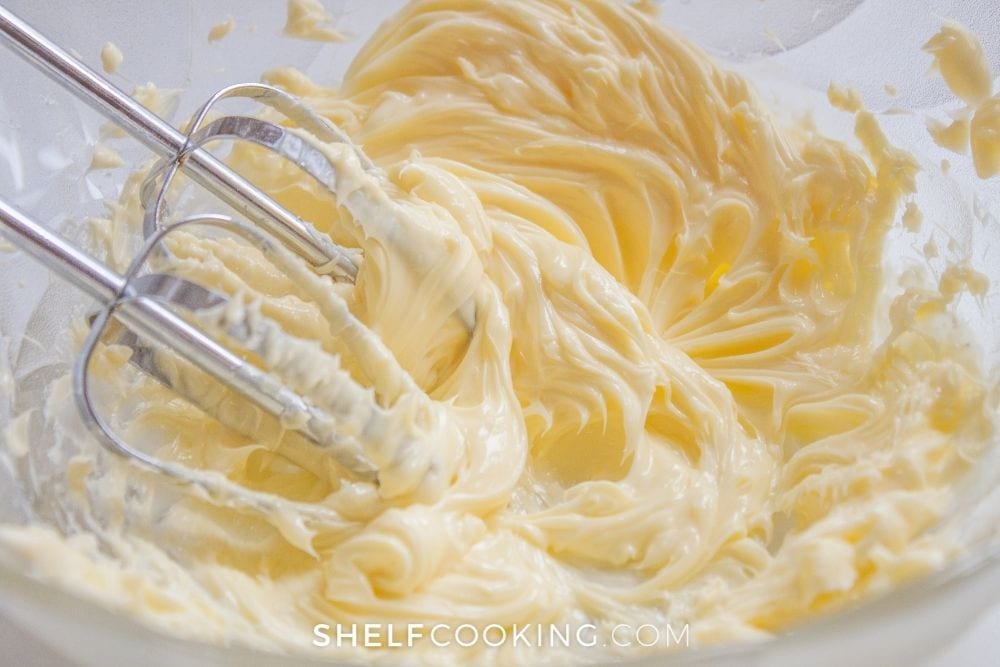“Alexa, what's blanching?!” The next time you see a weird word in a recipe, you'll know what it means! Consider this post your cheat sheet to common cooking terms.

Sautéing vs. steaming: what's the difference? Why blanch your veggies before you freeze them, and how? So many questions, so little time. Until now!
*Note: When you click the links in this post, we may receive a commission at no extra cost to you.
Today, we're breaking down 15 common cooking terms so you'll never have to ask Google or Alexa again. Print this blog post or bookmark it for later. Here's your official “common cooking terms” cheat sheet!
COMMON COOKING TERMS YOU NEED TO KNOW: THE FIVE “B” WORDS

Once and for all, we're settling the score! What the heck is blanching? We'll tell you. We're also going to define a few more important “b” words. Here's what you should know:
- Blanching – Blanching is a term used to describe a process that helps your fresh produce last a little longer. To blanch a fruit or vegetable, you place it in boiling water for a few minutes, until slightly soft, then immediately place it in ice water to stop the cooking process. After the fruit or veggie cools to room temp, you can freeze it. Blanching before you freeze helps your food stay fresh and yummy!
- Brine – Brining is the process of seasoning and tenderizing meat by submerging it in saltwater. In addition to salt, you can add other herbs and spices to enhance the flavor. Thanksgiving turkeys, for example, are often brined before cooking.
- Baste – Coating meat in liquid, such as a sauce or drippings, periodically throughout the cooking process is known as basting.
- Broil – Broiling can happen in the oven or on a grill, and it's a method of cooking food quickly at a high temperature while exposed to direct radiant heat.
- Braise – Braised meat is first sauteed over high heat for a few minutes and then soaks in liquid over low heat in a covered dish to continue cooking and absorb flavor.
Now that you know the five “Bs” of cooking, shall we keep going? Let's talk about a few common baking terms.
BAKING TERMS YOU SHOULD KNOW

Just call us Betty Crocker! We've got the 4-1-1 on the essential baking terms you should know:
- Beat – Beating is using a whisk or mixer to stir something in a rapid motion quickly.
- Blend – While blending and beating are sometimes used interchangeably, blending involves thoroughly combining ingredients.
- Cream – No, we don't mean the ingredient! When baking, creaming means beating sugar and butter together until they take on a creamy texture.
- Self-Rising Flour – If you've ever wondered why some recipes call for self-rising flour and others for all-purpose, we're here to set the record straight. Self-rising flour contains salt and baking powder, so it needs no leaving agent.
- All-Purpose Flour – All-purpose flour does not contain any leaving agent, which makes it more versatile. You can add baking powder and salt to all-purpose flour to make self-rising flour if you need to.
Now that you've got a good handle on five of those most commonly confused baking terms let's move on to five more generic cooking terms. No “B” words this time!
5 MORE COOKING TERMS TO ADD TO YOUR VOCABULARY

It's not just those words starting with a “b” that cause confusion. Here are five more common cooking terms, plus their definitions:
- Dash – When a recipe calls for a dash of cinnamon or salt, what does that even mean? While many people assume it means to measure with your heart, it's actually anything less than 1/8 a teaspoon. Aka, not much at all!
- Fold – Folding involves carefully adding a light, airy ingredient to a lighter one. To fold an ingredient, you usually use a light wooden or silicone spoon and start from the middle of the bowl.
- Saute – Believe it or not, people confuse this one all the time! Sauteeing is cooking something on the stove, in a pan, in a small amount of oil or fat over low heat.
- Sear – To sear meat, you cook it on high heat until it develops a brown or slightly burnt exterior.
- Deglaze – Deglazing means pouring liquid into a pan to scrape any bits of the bottom. Those burnt bits are great in soup, sauces, or gravy!
Pro Tip: It's a good idea to sear your meat before you toss it in the crockpot, as it helps add some flavor! Even five minutes will make all the difference.
SHARE YOUR COOKING TERM QUESTIONS
And there you have it! In just a few minutes, you expanded your cooking vocabulary.
Are there other cooking terms that trip you up? Leave a comment below and share your questions or tips!

Want to expand your shelf cooking knowledge? We have a few more helpful posts to share!
- Here are 30+ easy recipe substitutions and hacks every cook should know.
- Learn how to weigh and measure food without a scale.
- Find out how to make the perfect hard-boiled eggs with these hacks!
Chow for now!

So helpful thanks!!